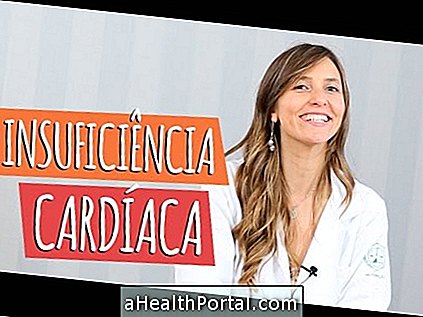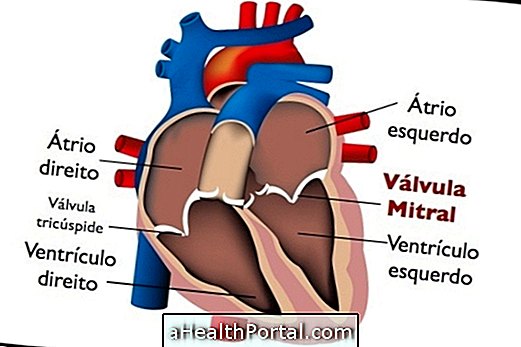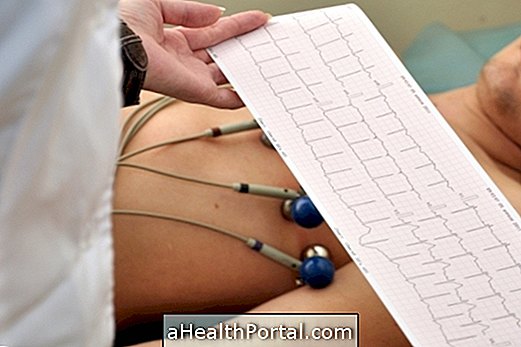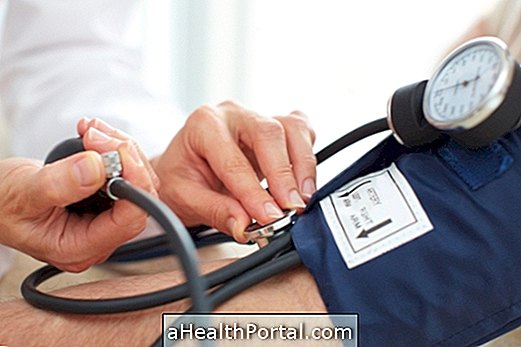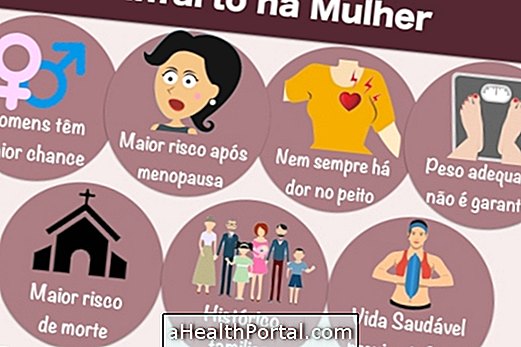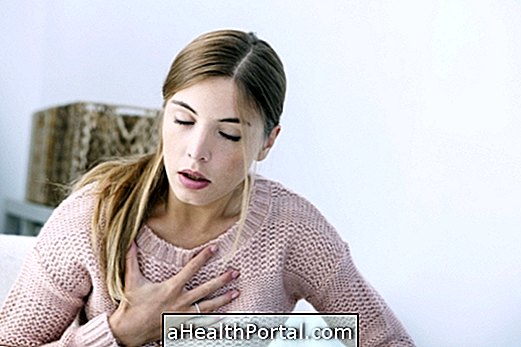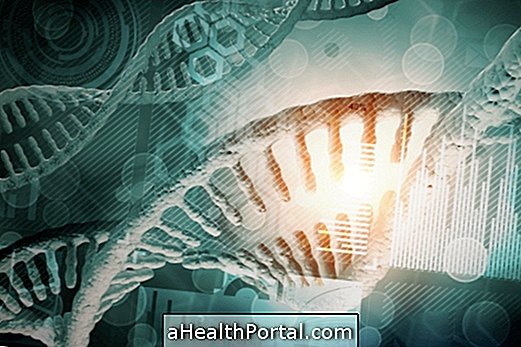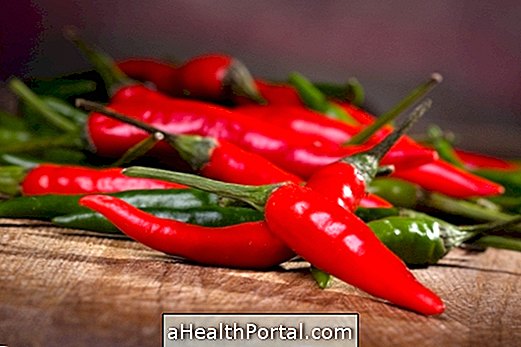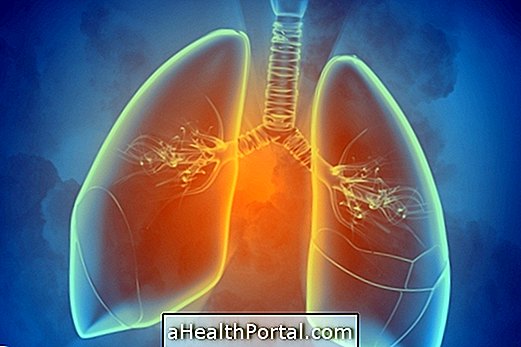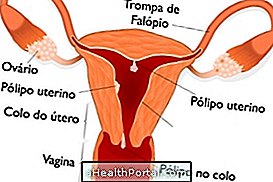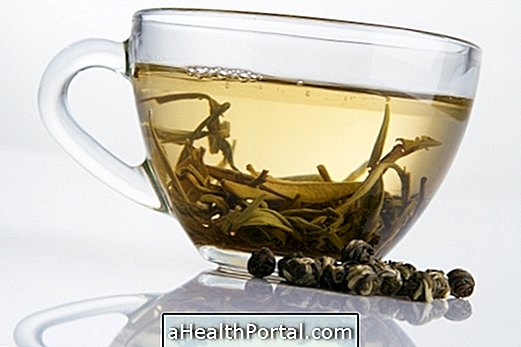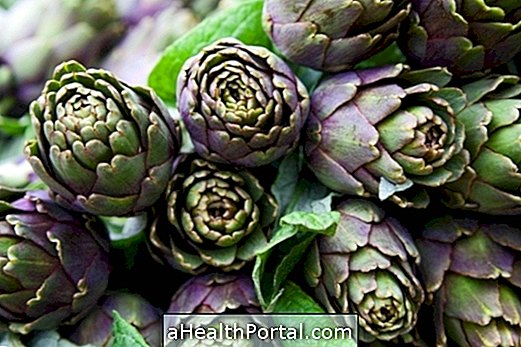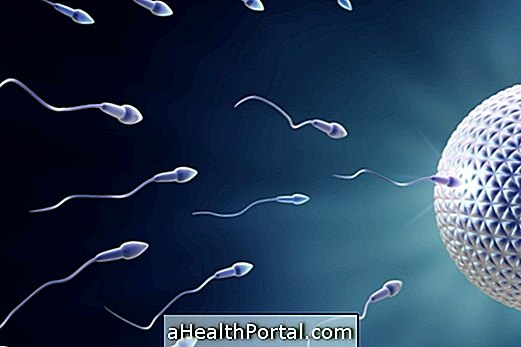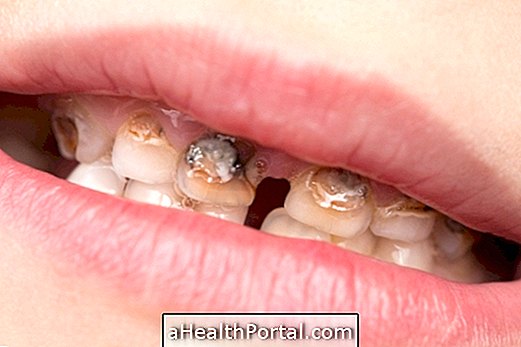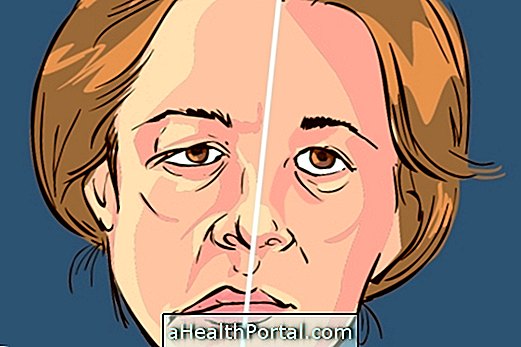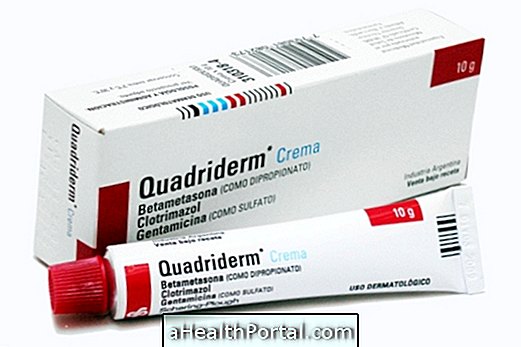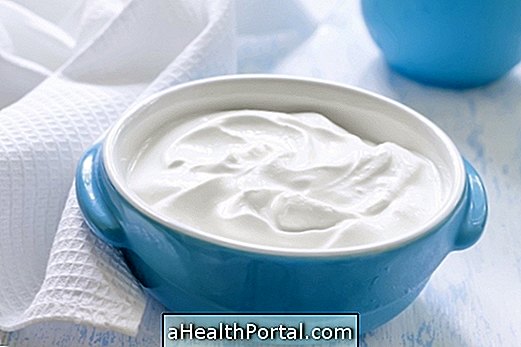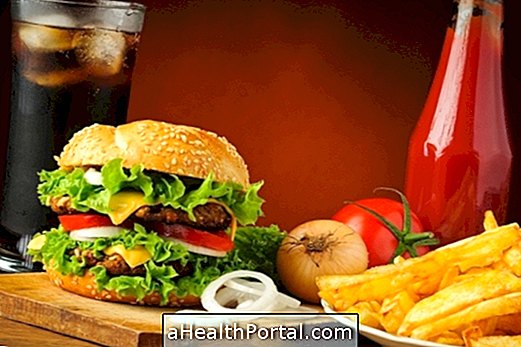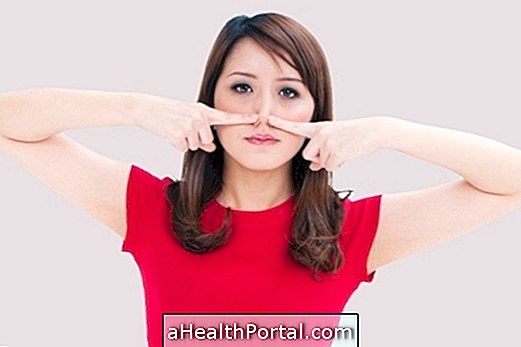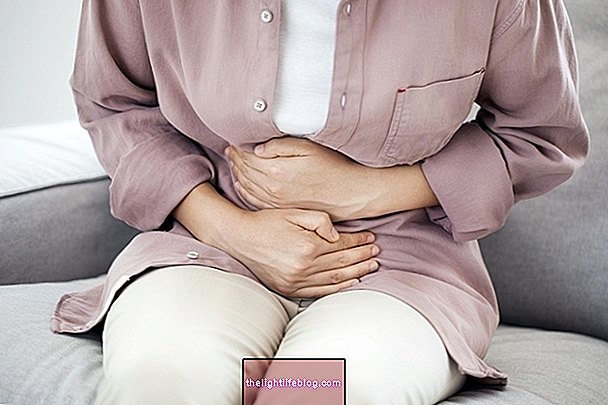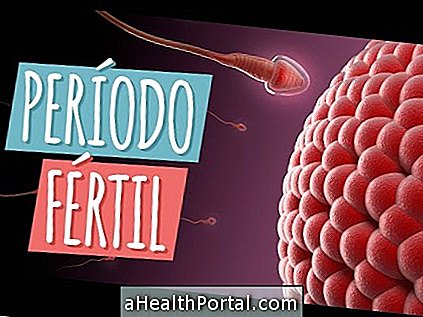The hypotension, popularly called low blood pressure, in the majority of the times, does not bring health damages. In a smaller portion, it can be serious, and may result in cardiogenic shock, requiring the use of venous medications to increase it, with a high risk of death. Usually, in these cases it is associated with other signs and symptoms such as shortness of breath, weakness, chest pain, bleeding.
The pressure is considered low when it reaches values below 90 mmHg X 60 mmHg (9 by 6) and can cause dizziness and fainting. They usually occur with excessive heat, exaggerated physical exertion, sudden position change (sitting and standing up fast), standing in the same position for a long time, fright or anxiety.
Low pressure symptoms
Symptoms of hypotension are:
- Dizziness;
- Headache;
- Very sleepy;
- Dark sight when getting up fast;
- Feeling of weakness.
These symptoms can appear at all ages, either steadily or suddenly.
Causes of low blood pressure
The causes of hypotension can be related to heat, use of laxatives or medicines to lose weight, to stay long without eating anything and to do exaggerated exercises, for example.
Low pressure treatment
Treatment for hypotension is to eliminate its cause. As this disease, for the most part, does not have serious consequences for the individual, the intake of medications is unnecessary.
Read more:
- Salt for low pressure
Low pressure, what to do?
